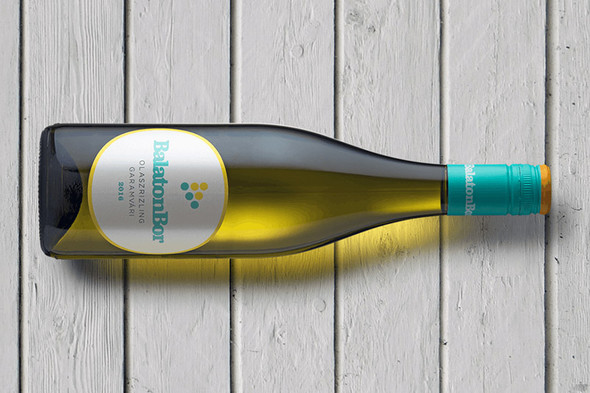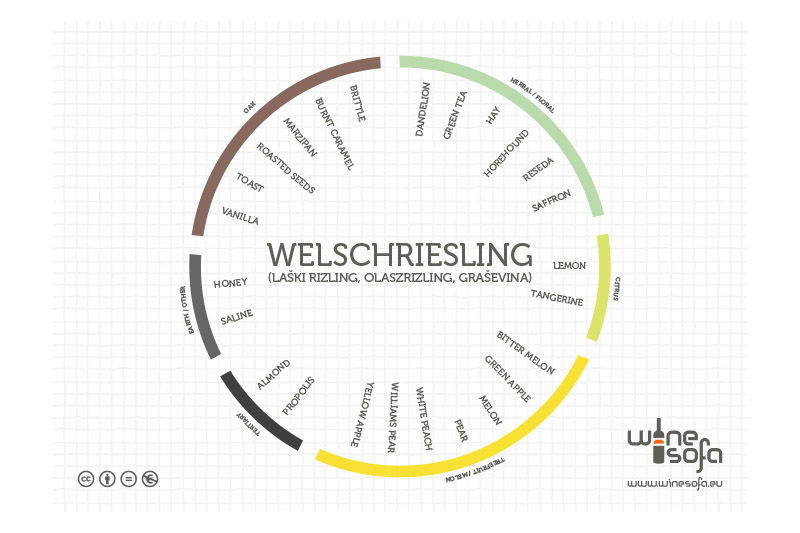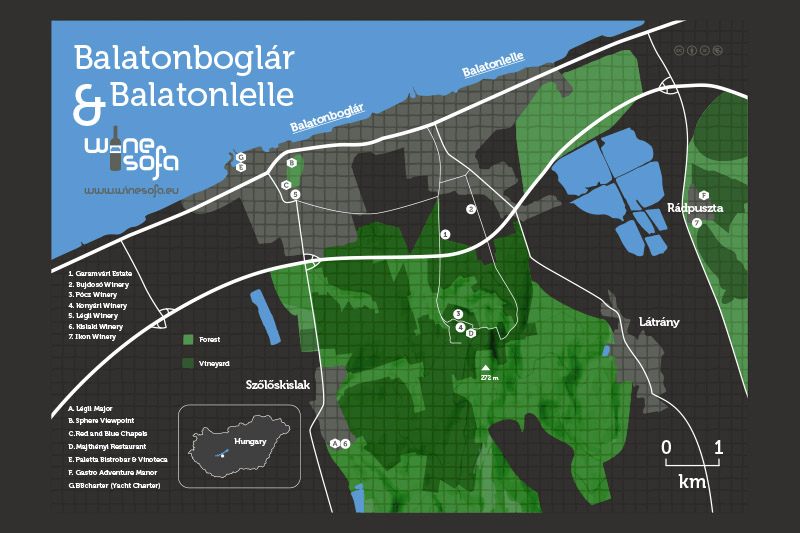Photo by Garamvári Szőlőbirtok
The Balaton is the largest lake in Central Europe. It is 77km long, with an average width of 7.5km. The waters are shallow, with an average depth of 3-5 metres and a deepest point of 11 metres. What is perhaps more important from a viticultural point of view is that this large surface of water balances the fluctuations in temperature and reflects the sunlight, thus increasing its intensity. All this results in there being areas suitable for viticulture on each side of the lake. It is no coincidence that there are also six wine regions around the Balaton (Balatonboglár in the south, then Zala to the west, then heading north, Balatonfelvidék, Badacsony, Balatonfüred-Csopak and finally Somló a little further from the lake to the north).
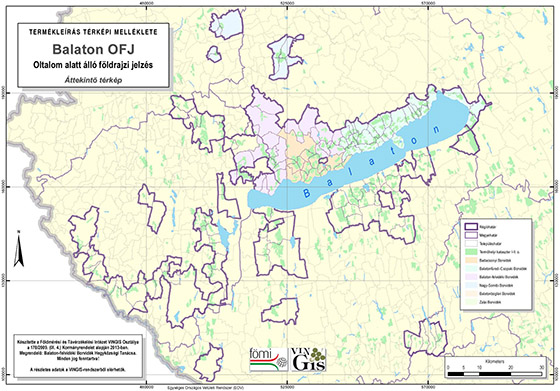
Their boundaries are not always comprehensible, especially taking geological characteristics into account. Sporadic basalt buttes of volcanic origin line the northern shore of Lake Balaton. The tops of these hills preserve the ancient terrain, so in Hungarian they are called ‘witness mountains’, as they testify to the former surface of the land. Of the six wine regions, five are situated, at least in part, on the northern shore and for some strange reason, all have at least one tiny basaltic area and, apart from Somló, which is the furthest from the lake, they are certainly not comprised only of volcanic areas. In the last few decades, the now fashionable vineyard-selection cult has also reached these wine regions, although at least three of the six have no real historical antecedent. In the past, especially on the northern shore, but perhaps also on the south, wine lovers generally connected wine to a particular hill, namely drinking Badacsony, Somló or Szent György Hill wine, and also referring to the vineyards of the settlements Csopak, Dörgicse, Füred, Arács and maybe also Lelle. The concept of named vineyards was unknown here, as was labelling by grape variety. One thing is certain though, the Balaton stands for white wine and as such, Olaszrizling. Let’s take a look at what it’s worth knowing about the present.
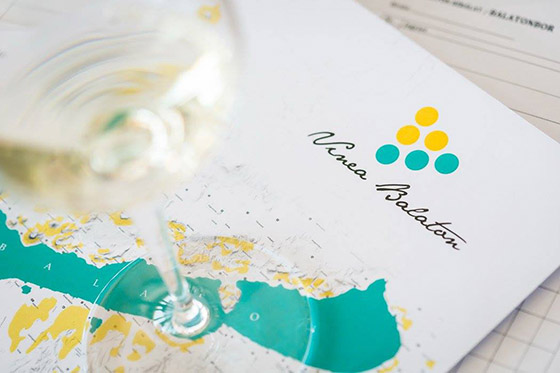
Photo by Vinea Balaton
Producers around the lake have mobilised enormous energy in the last few years in the name of cooperation, resulting in a wine independent of wine region, BalatonBor, whose main criterion is that it should be made of 100% Olaszrizling grapes which must have been grown in the region. The idea was sponsored and developed in cooperation by three associations around the lake: the Balaton Circle (Balatoni Kör), which consists of winemakers and restaurants and helps bring local commodities to market; Rizling Generation, an organisation bringing together wineries in Csopak-Füred who consider Olaszrizling the main variety of the region; and the Csopak Codex, which is a strict geographic and quality protection of origin system based on Olaszrizling. The other BalatonBor criteria are as follows:
- yield per vine maximum 2kg
- ABV 11.5-12.5%
- residual sugar content maximum 4 g/l
- fermentation minimum 75% stainless steel tank and maximum 25% oak cask
- fresh, varietal aromas, with no characteristics reminiscent of aromatic varieties
- maturation minimum four months in stainless steel and/or oak cask
- marketing category: Balaton PGI
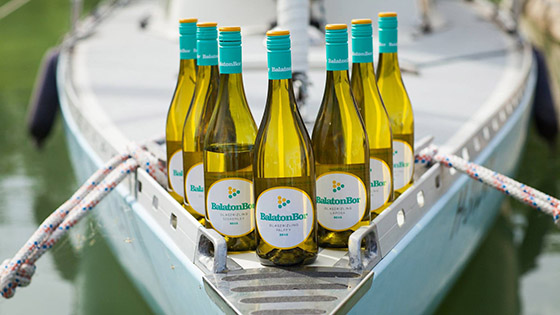
Photo by balaton.travel
Image:
- specific type of Burgundy bottle
- numbered screwcap, joint purchasing
- uniform image, only differentiated by name of producer
Commercialisation:
- minimum 1000, maximum 3000 bottles
- 50% of participants’ sales to be made themselves
- the system is also a trade association among the members
- regulated sales at the required level, joint trade representation
- creation of a new region product category with BalatonBor, also suitable for marketing and export to foreign markets
- brand usage fee proportionate to number of bottles to cover common costs, which is minimum 30, maximum 50 HUF/bottle depending on the number of participants
In the case of purchased grapes, purchase price of minimum 130 HUF/kg
Suggested retail price (cellar door price): gross 1450 HUF
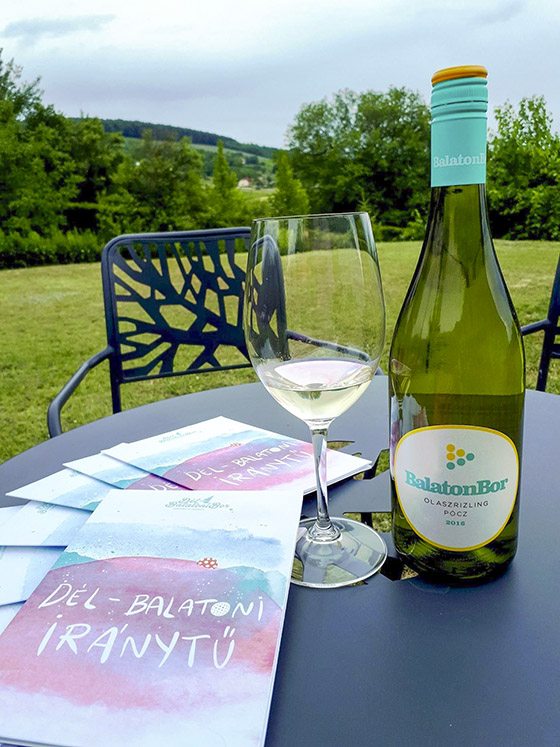
Photo by Pócz Winery
Speaking of BalatonBor! 21 producers took part in the first, namely the 2015, vintage, and 24 in the second. The wines submitted are evaluated by a professional jury, who decide whether the wine may be included in the programme that year. This is a real regional brand, which is unique in Hungary.
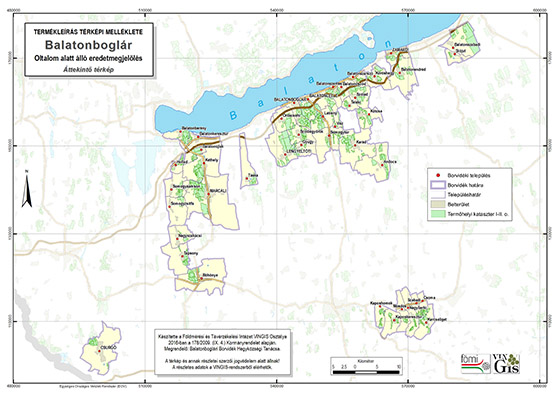
The aim of the creators is to change the entire Balaton region into one single wine region and introduce a categorisation similar to the Wachau system under the name Vinea Balaton. Within this, BalatonBor would represent the foundation, the everyday wine. This would be followed by the second tier of HegyBor, where only a logo would indicate the category, with every winery appearing on the market under its own label. This is the category that I told you existed in the past. At the time when Hungarians were still drinking Badacsony or Somló wine, not varietal or vineyard-selected wines. Finally, the highest category would be DűlősBor, where only vineyard-selected wines could be commercialised. For the time being, the system is being tested with the Olaszrizling variety, but later there will also be red and sparkling BalatonBor, the others are still under discussion.
The Balatonboglár wine region, although seriously structured, is not too complicated, as the main producers are concentrated near to the lake, particularly in Balatonlelle and Balatonboglár. Vines here are located on loess and the forest soils above that, mainly with eastern and western exposures. Olaszrizling, however, is not the region’s main variety; of its 3,200 only 200ha are planted with the variety. Nevertheless, since the soil differs significantly from that of the northern shore, local producers can easily and successfully meet the criteria for BalatonBor.



